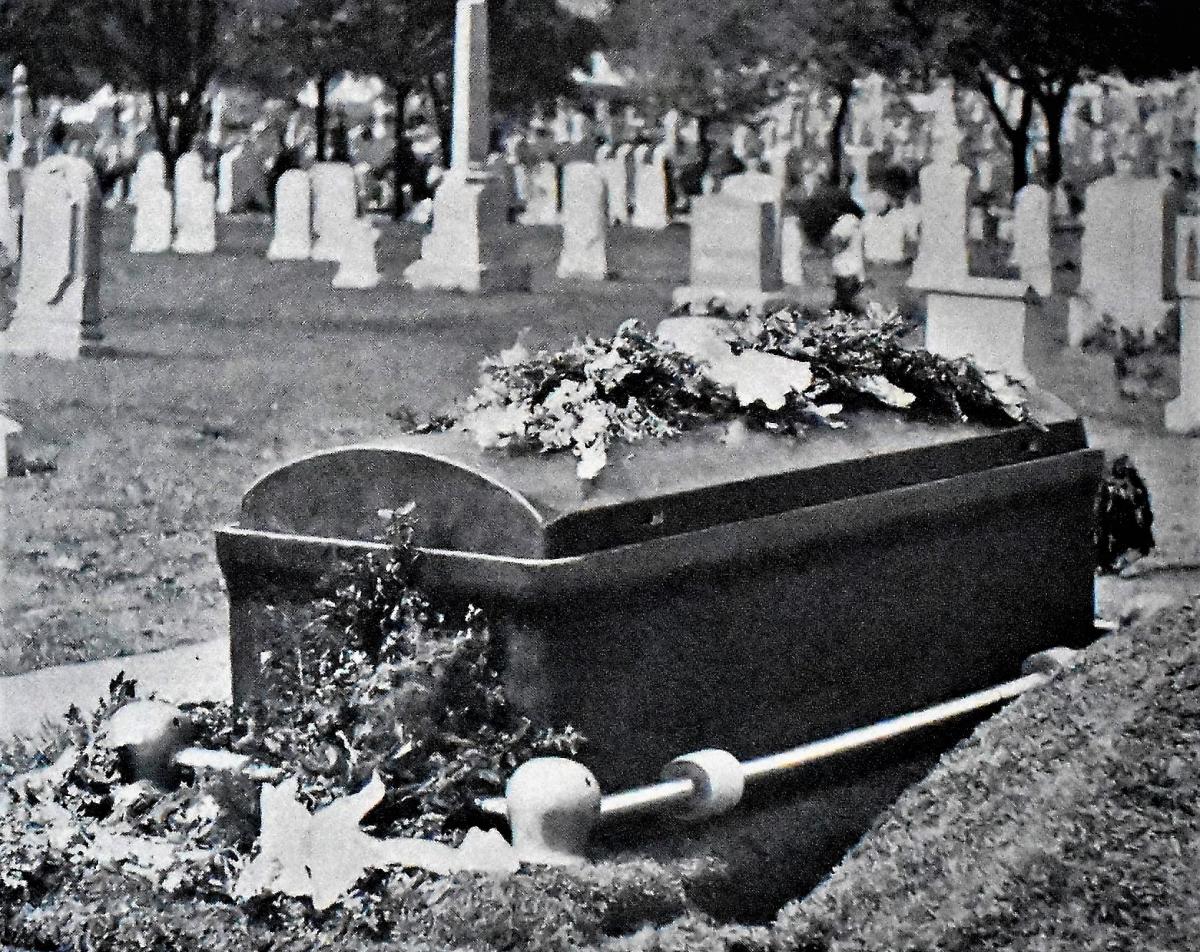Concrete—a medium created by mixing cement, aggregate and water—is the second most consumed material after water. It is also one of the most common materials in our daily lives. But, by and large, we take concrete for granted. I came to Hagley on a research grant to investigate the hidden history behind this ubiquitous material.
My dissertation asks how and why concrete came to be the quintessential modern material. By exploring the history of concrete through the substance itself, the people who used and built with it, and the cultural meanings that informed their decisions, I am uncovering some of the power structures that have shaped public attitudes towards permanence, capitalism, and modernity.
I view the cement industry as a type of a material empire, not unlike those of coal and cotton. Why have we allowed the concrete industry to sit below the surface of critique? What shaped our confidence in concrete as an inherently superior material? And why have we failed to innovate other mediums with which to imagine and construct our modern world?

Concrete has infiltrated the smallest and most surprising crevices of American culture. One of my favorite finds in the Hagley archives is an undated advertisement for the Warner Cryptos Vault, a concrete coffin that promised a more dignified burial of loved ones.
While this idea did not quite revolutionize American burial practices, the effort nonetheless speaks to the way in which concrete promised the ultimate form of permanence: a distinguished afterlife, and the preservation of bodily and spiritual purity. Such associations, while outlandish today, were sensible in the early decades of the 20th century, when people were deeply concerned about the negative impacts poorly built and maintained structures could have upon one’s wellbeing.
Cement manufacturers used this widespread anxiety to promote their products, for example, introducing “wonder” materials like anti-bacterial cement, which promised to make buildings hygienic at the molecular level.

A large part of my research at Hagley centered on the work of John McShain, a Philadelphia-based general contractor with offices in Trenton, Baltimore, and Washington, D.C. He was involved in building some of the most recognizable buildings in the nation’s capital, including the Pentagon, the State Department, the Department of Housing and Urban Development, the Jefferson Memorial, and the White House renovation.
By the 1960s, McShain had become the owner of the fourth largest general contractor business in the country. McShain’s papers at Hagley include extensive correspondence with business partners, material suppliers, sub-contractors, and others about construction projects and legal issues. The materials provide insight not only into the operation of McShain’s enterprise, but also broader changes in the construction industry.
McShain’s work on the HUD building, for example, illustrates the contractor’s inability to adjust to the changing industry climate and the federal government’s expectations for efficiency and cost, which ultimately contributed to his company’s decline.
The research I conducted at Hagley became the cornerstone of my conference presentation, “Concrete Capital: John McShain’s Construction of Washington, DC, 1930–70,” which I will give at the 6th International Congress on Construction History in Brussels, Belgium. The paper will also be published in the conference’s proceedings.
Vyta Baselice is a Ph.D. candidate in the Department of American Studies at the George Washington University. You can listen to her tell more stories about concrete’s surprising history in our interview with her on Stories from the Stacks.
